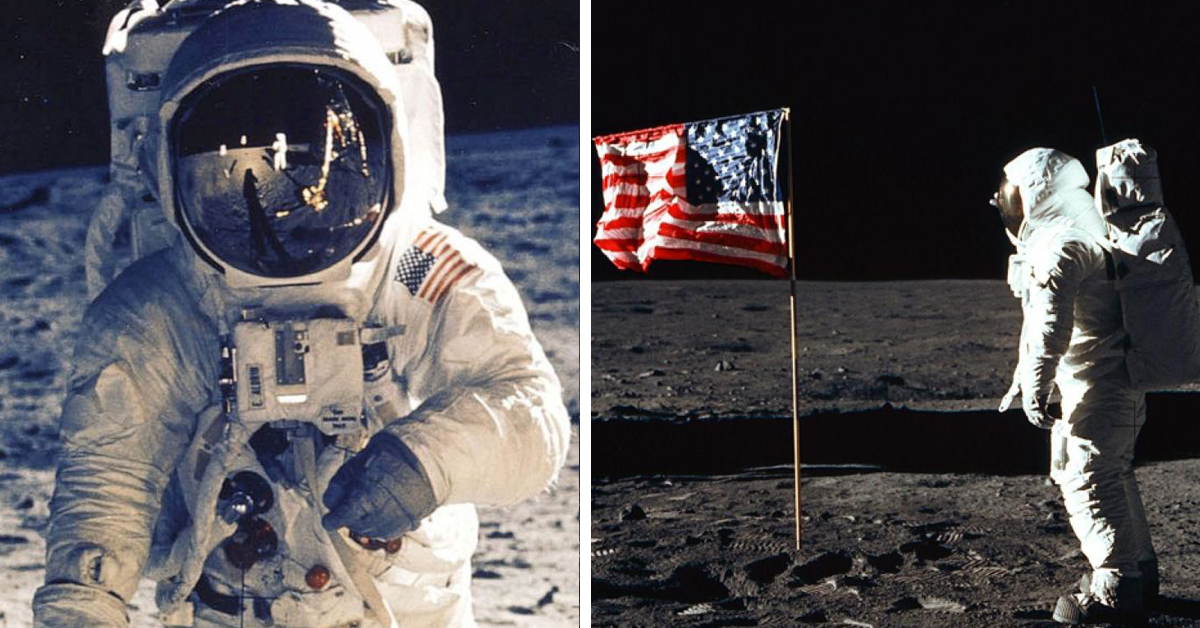Waitress Fired After Receiving A $10,000 Tip

This will motivate us to change our ways to save the Earth.

Our planet is covered with millions and millions of species and lifeforms, and they are all so incredibly diverse. Unfortunately, according to National Geographic, over 90% of species that have lived on Earth are now extinct. This is due to the occasional occurrence of a mass extinction event- characterized by a large and disproportionate amount of species on Earth going extinct within a short period of geological time, due to pretty much any reason. There is evidence of 5 mass extinction events in Earths history, but scientists are now saying that we may be in the midst of the 6th one.
 Darrin Bell
Darrin Bell Giphy
GiphyAccording to Phys.org, the Earth has been through 5 mass extinction events previously:
1. The Late Ordovician Extinction, 445 million years ago: 2 waves of mass extinction that caused 57% of aquatic species to die off. It happened because of the glaciation and deglaciation of the ocean (and corresponding ocean level changes), which caused drastic climate changes.
2. The Late Devonian Extinction, starting 380 million years ago: This mass extinction came in waves over a course of 20 million years. It killed off 50% of marine species at the time, including coral, sponges, and placoderms (really cool fish with built-in armor). It is speculated to have been caused by volcanic eruptions which altered oxygen levels in the ocean.
 Charles E Schmidt. College of Science - Climate Science Investigations
Charles E Schmidt. College of Science - Climate Science Investigations3. The Middle Permian Extinction 262 million years ago: 80% of species on Earth were killed off. Not much else is known due to how new this discovery is.
4. The Late Permian Extinction 252 million years ago: The biggest one known to us- it killed off 96% of species on Earth. The Siberian Traps were a set of active volcanoes (at the time) that covered most of modern-day Siberia. They erupted big-time and from there, the ocean became more acidic and lost a lot of oxygen. The ozone got damaged to the point that the Sun's UV rays were reaching the Earth at lethal levels, and this caused the extinction.
 Mr. Gruszka's Earth Science GIFtionary
Mr. Gruszka's Earth Science GIFtionary5. The Late Triassic Extinction, 201 million years ago: Also caused by a volcanic eruption, it wiped out about 47% of the species on Earth and paved the way for Dinosaurs.
Bonus. Cretaceous-Tertiary Extinction, 65 million years ago: Flood basalt (large rocks covering areas of land or the ocean floor) came from mass volcano eruptions and covered Earth. On top of this, a suspected asteroid/comet hit the Earth near Mexico and was the icing on the cake, killing all dinosaurs as well as many prehistoric shellfish and plants.
 Giphy
GiphyA new study released in 2017 by Gerardo Ceballos of Universidad Nacional Autónoma de México and biologist Paul Ehrlich from Stanford University found that almost 1/3 of all 27,600 land species are shrinking in population size. It also found that a group of 117 mammalian species had lost 30% of their population territory from 1900 to 2015, and 40% of these species that lost their territory, lost at least 80% of their territory span. In their study Ceballos and Ehrlich state:
"Our data indicate that beyond global species extinctions Earth is experiencing a huge episode of population declines and extirpations, which will have negative cascading consequences on ecosystem functioning and services vital to sustaining civilization. We describe this as a “biological annihilation” to highlight the current magnitude of Earth’s ongoing sixth major extinction event."
 Pnas
PnasWhat's causing this mass extinction? The scientists state that the same things that have caused the other extinctions, mainly climate change, are causing this one, but humans and our ever-growing population and overconsumption are definitely contributing:
"The likelihood of this rapid defaunation lies in the proximate causes of population extinctions: habitat conversion, climate disruption, overexploitation, toxification, species invasions, disease, and (potentially) large-scale nuclear war—all tied to one another in complex patterns and usually reinforcing each other’s impacts... these drivers, all of which trace to the fiction that perpetual growth can occur on a finite planet, are themselves increasing rapidly. Thus, we emphasize that the sixth mass extinction is already here and the window for effective action is very short, probably two or three decades at most"
Read the study for yourself here.
 Giphy
Giphy





